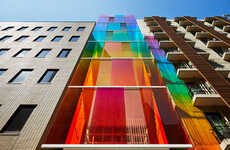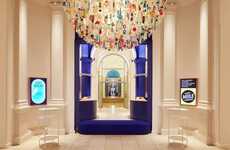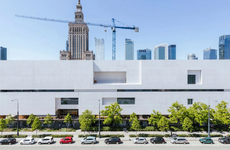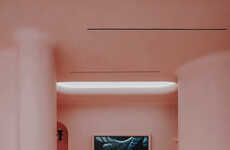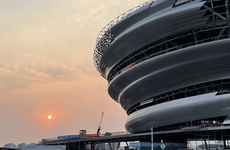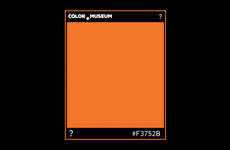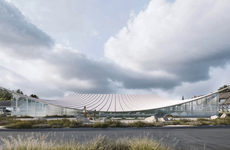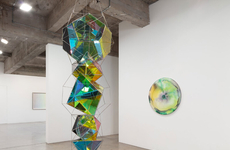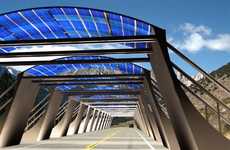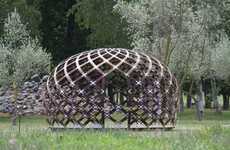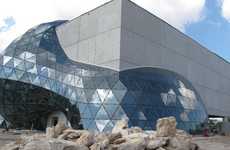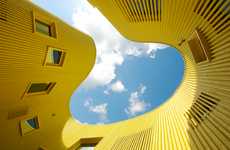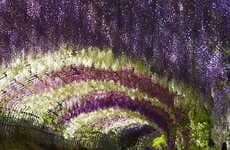
Modern Art is Somewhere Over the Rainbow at Brandhorst Museum
Marissa Liu — September 28, 2009 — Art & Design
References: sauerbruchhutton.de & archdaily
The rainbow-hued Brandhorst Museum in Munich, Germany houses a substantial private collection of late 20th Century and contemporary art. The building that houses the museum was created by Sauerbruch Huttonscheme and consists of a simple elongated building of three interconnecting floors.
The three areas of the Brandhorst Museum are distinguished by claddings of different colors and hues. The external skin of the museum is composed of 36,000 Terrart-Baguette ceramic rods in an assortment of 23 custom-glazed colors. A second layer consists of a horizontally folded metal skin, coated in two colors. The combination of the two layers gives the Brandhorst Museum vivid and three-dimensional look from close up that appears homogeneous and flat from afar.
The three areas of the Brandhorst Museum are distinguished by claddings of different colors and hues. The external skin of the museum is composed of 36,000 Terrart-Baguette ceramic rods in an assortment of 23 custom-glazed colors. A second layer consists of a horizontally folded metal skin, coated in two colors. The combination of the two layers gives the Brandhorst Museum vivid and three-dimensional look from close up that appears homogeneous and flat from afar.
Trend Themes
1. Colorful Architecture - Opportunity for architects to explore the use of vibrant colors in building design.
2. Art Museum Design - Chance for museum designers to incorporate unique and visually captivating elements into their projects.
3. Multi-material Cladding - Potential for innovative use of multiple materials in cladding structures, resulting in visually dynamic exteriors.
Industry Implications
1. Architecture - Architects can explore new possibilities in incorporating color into building designs.
2. Art and Culture - Museum designers and curators can create visually captivating spaces to enhance the visitor experience.
3. Construction - Construction companies can experiment with multi-material cladding techniques to create visually unique structures.
4.2
Score
Popularity
Activity
Freshness

